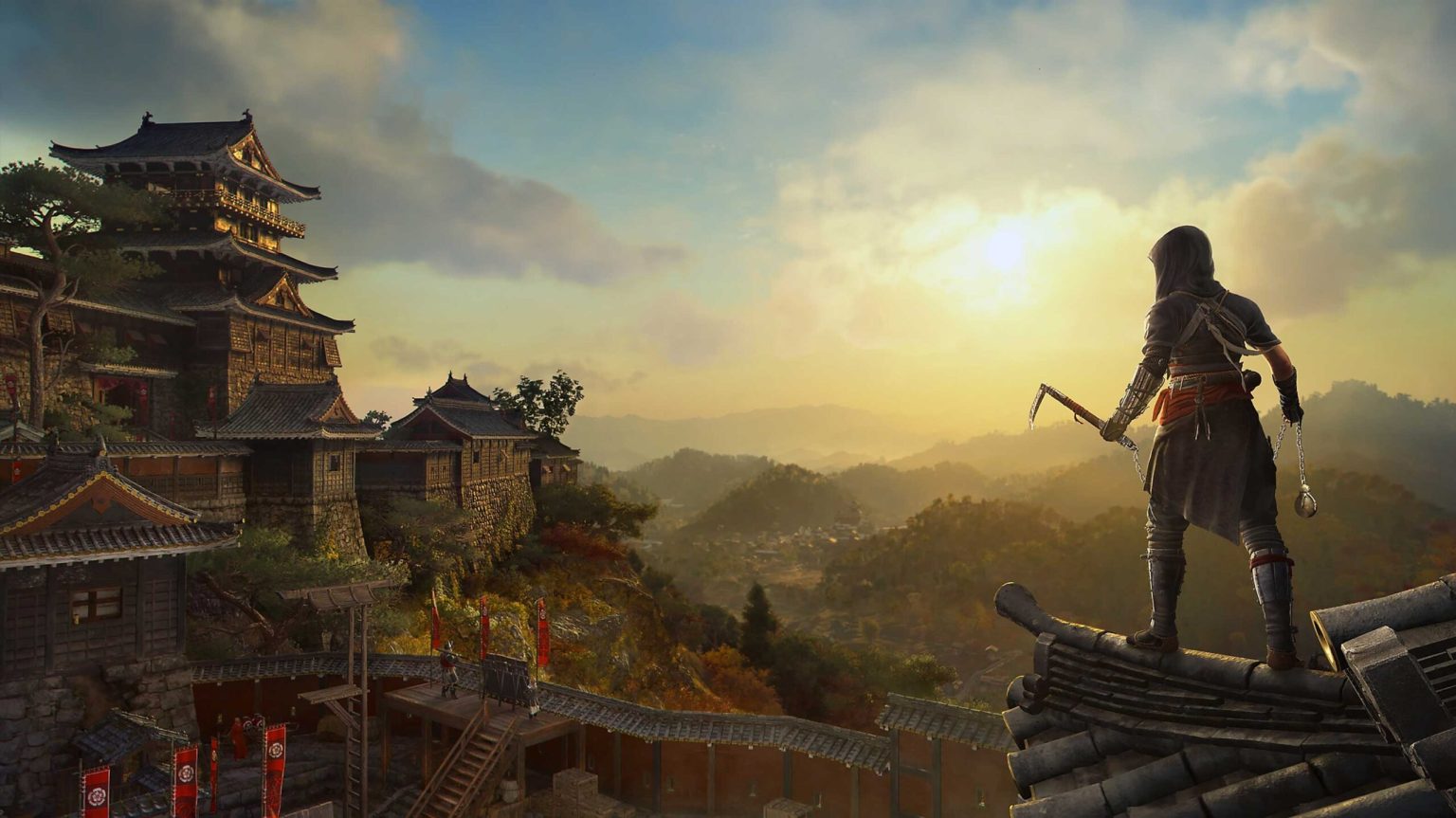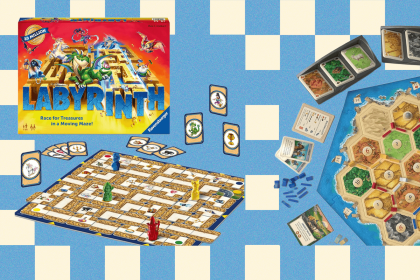Something I’ve always felt the Assassin’s Creed series deserves more credit for is its meticulous attention to detail.
It’s one (undeniably challenging) thing to recreate modern cities á la Grand Theft Auto, but it’s another entirely to faithfully bring to life settings from many centuries ago. Whether it was the stunning Italian Renaissance cityscapes and countrysides in Assassin’s Creed II, the gorgeous Caribbean tropics of Black Flag or the ornate Grecian architecture of Odyssey, Assassin’s Creed has always excelled in creating living, breathing sandboxes that immerse you in all kinds of time periods. Sure, there have been arguably too many Assassin’s Creed games, especially when the series maintained an annualized cadence, and it’s understandable to have felt some burnout as a result, but that still doesn’t take away from the incredible level of work that goes into crafting each one.
I say all of this because my appreciation for said craft has reached an all-time high thanks to a recent trip I made to Kyoto, Japan. I was invited by Ubisoft for an Assassin’s Creed Shadows event, which was quite fitting, given that the game takes place in 16th-century feudal Japan — specifically in Kyoto and its surrounding regions. The first portion of the trip focused on a special theatre presentation and interview with Assassin’s Creed boss Marc-Alexis Côté, which was a great experience in its own right.
But the second day was a field trip, of sorts, to Himeji Castle. Located in the city of Himeji in Hyōgo Prefecture, it’s Japan’s largest and most visited castle and one of the first UNESCO World Heritage Sites in the country. The centuries-old castle is also one of the main landmarks in the Ubisoft Quebec-developed Assassin’s Creed Shadows, and one of the highlights of my recent four-hour demo of the game was getting to run around the sprawling complex as the shinobi Naoe. To let us better appreciate Shadows‘ recreation of Himeji Castle, Ubisoft took our small group to the real historical site, and it was nothing short of breathtaking.
Himeji Castle in-game. (Image credit: Ubisoft)
Immediately, I was impressed with how well the game captures the sense of scale. The castle itself is on a hilltop, so there’s actually quite a bit of land you have to ascend to reach it. In Shadows, this creates all kinds of sandbox opportunities for the stealthy shinobi Naoe, especially, who can swim, climb, shimmy and grappling hook her way across the complex’s entire exterior. In real life, this means about two hours to explore all of the grounds, consisting of Western towers (including one that was home to the tragic Princess Sen), the expansive central Sangoku moat and narrow cragged staircases leading to the grand six-story, 83-room main keep.
Thinking back to my Shadows demo, I have to give a lot of praise to the designers for effectively using so much of the real estate afforded by Himeji Castle. Thanks to the game’s less ‘hand-holdy’ approach to missions, you’re simply given some clues about your targets, such as their general whereabouts, which challenges you to hunt them throughout the grounds, from the claustrophobic towers to the luscious tree-filled courtyards and small bridges covering the eerily calm moats. It really allows the castle to be your sandbox in a way that’s perhaps been missing from environments in other recent Assassin’s Creed titles.
Protagonists Yasuke and Naoe in front of Himeji Castle in the game. (Image credit: Ubisoft)
Then, of course, there are the finer details that Shadows deftly recreates. The precise patterns of the two thin bars of wood creating three slits for consecutive windows. The opulent cherry blossom petals that are strewn across the ground, scattering ever so slowly in the faint wind. (At least, in-game — it’s just slightly out of season for the beautiful flowers when we’re there.) The maze of winding paths that incorporate gates, paths and outer walls in an attempt to confuse invaders. And that’s just outside the castle.
The main keep itself is arguably the standout attraction, and getting to ascend it was truly special. In the Shadows demo, you have to find a way to ascend the tower to reach a target, slipping in and out of windows and avoiding nightingale floors (which were deliberately made to creak so as to warn inhabitants of intruders). Navigating these tight corridors in-game made for an effective contrast to the freedom afforded by the sprawling grounds. And after going through the tower myself in real life, I was in awe of just how much it was like the game.
The little carefully-aligned wooden slabs that served as weapon racks. The angled chutes through which defenders could drop stones on invaders. Carefully hidden rooms from which defenders could surprise their attackers. The little curvatures and fish sculptures in the rooftop tiles. Infographics explaining the glistening samurai armour that Yasuke himself can wear in the game. It’s all very well done, allowing me to imagine the kinds of conflicts that took place in these same halls all those years ago.
But the benefit of something like Assassin’s Creed Shadows is that you don’t actually have to imagine those stories — you can experience them yourself. Indeed, I’ve never been a huge history buff, but I love when media — especially games — provides historical fiction to let you learn more about a given period in a more entertaining fashion. In fact, one of the greatest innovations of the Assassin’s Creed series in recent years was the ‘Discovery Tour,’ which turns the virtual game worlds into combat-free museums to provide greater historical insight. So far, Shadows unfortunately isn’t confirmed to have such a mode, but hopefully, something is added down the line to flesh out the already painstakingly recreated versions of landmarks like Himeji.
Because I know that I was incredibly fortunate to actually visit Himeji Castle, given that many people likely won’t make it all the way to Japan. But if anything, it’s why I love that we have something like Assassin’s Creed Shadows; the virtual tourism it provides is the next best thing. And even for someone like me who’s been lucky enough to go to Japan three times now, Shadows still makes it far easier to immerse myself in a far-off country I adore.
This whole experience has gotten me even more excited to play the full game, making the wait to get my hands on it that much harder.
Assassin’s Creed Shadows will launch on PS5, Xbox Series X/S, PC, Mac and iPad on March 20th, 2025.
MobileSyrup may earn a commission from purchases made via our links, which helps fund the journalism we provide free on our website. These links do not influence our editorial content. Support us here.












